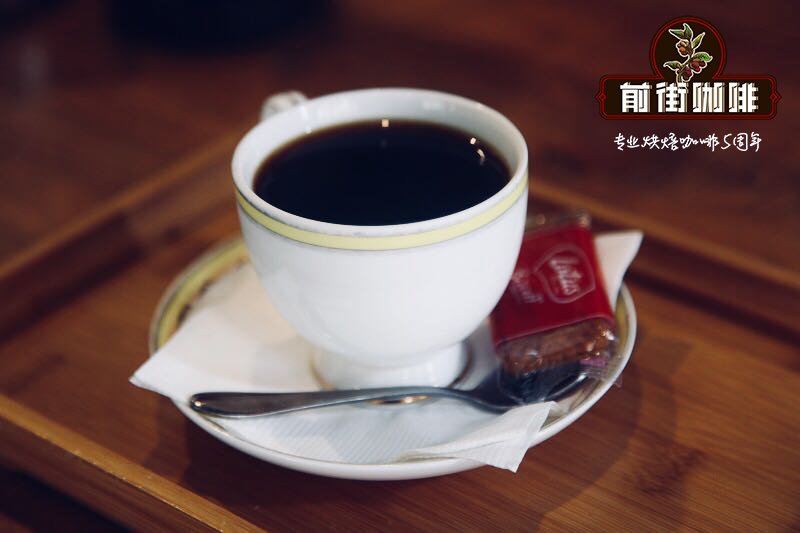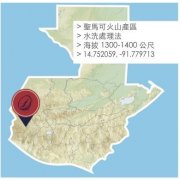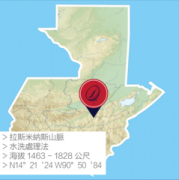Detailed characteristics such as geography and climate of coffee producing areas in Chiche province, Guatemala
Introduction of Kiche Province
The province of Quiche in central and western Guatemala is located in the middle of two traditional producing areas (Vivette Nanguo and Koban Rain Forest). Farmers skillfully use the local advantages of the two producing areas and breed their coffee from pollution-free mountains and pure water sources. the flavor is often full of peach and plum fruit tonality and sugar-like sweetness.
The ancient mountains of Kiche province are located in the deep mountains, which makes it very inconvenient to travel between them. in terms of traditional means of transportation, it takes up to three days to get to the site of the manor by taking horses and donkeys and trudging through the endless mountain roads and forests. this also directly affects the external transportation of coffee beans after harvest, so another mode of transportation is to carry coffee beans by light aircraft. However, the cost and risk of transportation have also been greatly increased.

■ altitude: 1300 to 1700
■ annual rainfall: 3000~4000mm
■ average temperature: 15 ~ 20 °C
Main topography of ■: plateau and rainforest

Important Notice :
前街咖啡 FrontStreet Coffee has moved to new addredd:
FrontStreet Coffee Address: 315,Donghua East Road,GuangZhou
Tel:020 38364473
- Prev

Introduction of San Marco Volcano Coffee producing area in Guatemala the flavor characteristics of coffee beans in San Marco producing area
The San Marco volcano producing area is the highest rainfall and warmest of the eight producing areas in Guatemala. The ash provided by Santiaguito, a nearby active volcano, makes its soil more fertile. The seasonal rainfall comes earlier than in other areas, so the coffee in this area
- Next

Introduction to the characteristics of Biya Manor Coffee beans in the Coffee production area of the La Minas Mine Mountains in Guatemala
The Las Minas Treasure range, the Las Minas Mountains Sierra de las Minas, located in eastern Guatemala, is famous in Central America for its rich gold and jade veins. In recent years, local farmers above 1400 meters above sea level have begun to try to grow coffee and other crops, which are rich in gold deposits and jade veins in addition to natural forest ecosystems and wildlife.
Related
- Beginners will see the "Coffee pull flower" guide!
- What is the difference between ice blog purified milk and ordinary milk coffee?
- Why is the Philippines the largest producer of crops in Liberia?
- For coffee extraction, should the fine powder be retained?
- How does extracted espresso fill pressed powder? How much strength does it take to press the powder?
- How to make jasmine cold extract coffee? Is the jasmine + latte good?
- Will this little toy really make the coffee taste better? How does Lily Drip affect coffee extraction?
- Will the action of slapping the filter cup also affect coffee extraction?
- What's the difference between powder-to-water ratio and powder-to-liquid ratio?
- What is the Ethiopian local species? What does it have to do with Heirloom native species?

